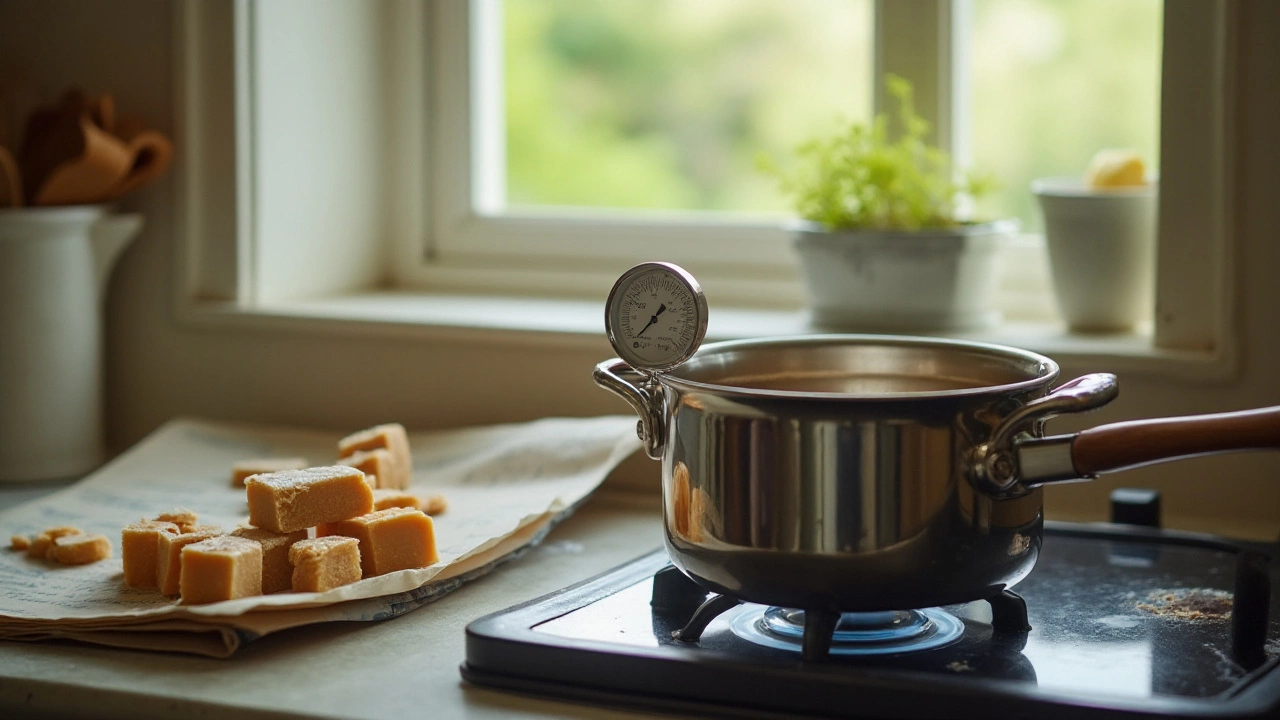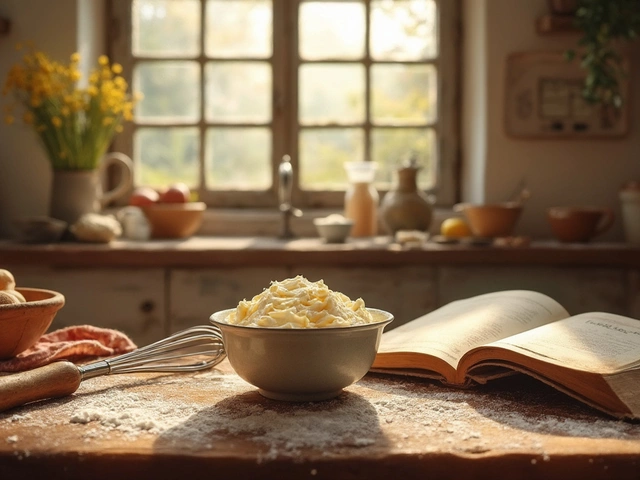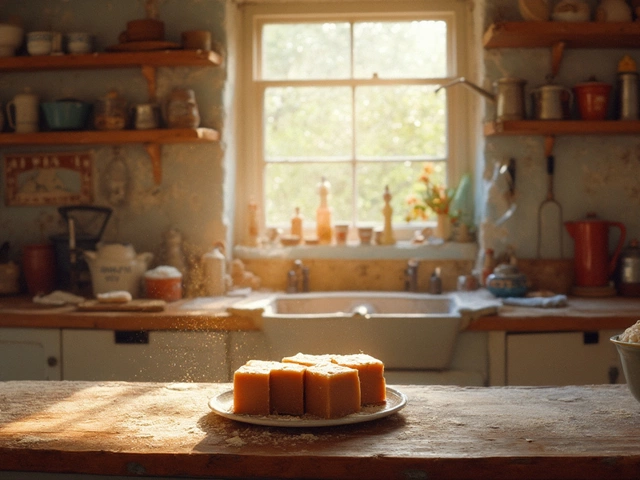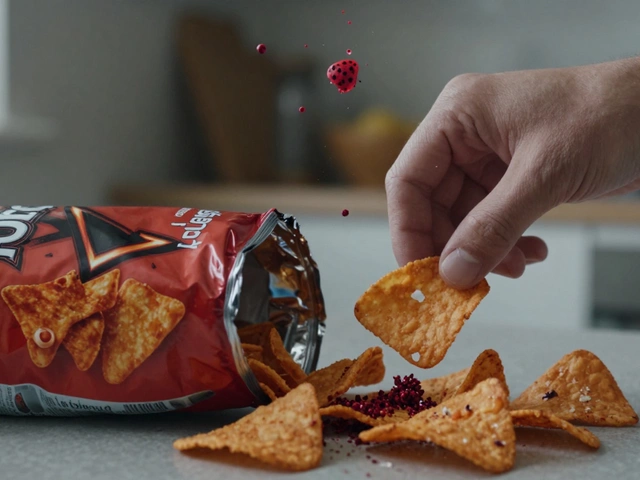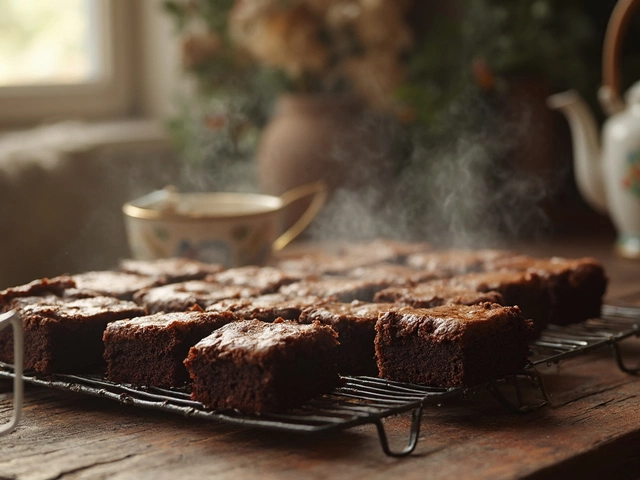Perfect Fudge: How to Nail It Every Time
Fudge can feel like a mystery—one minute it’s smooth and glossy, the next it’s grainy or melted into a mess. The good news? Most fudge failures are fixable, and with a few easy habits you can bake a batch that looks and tastes like it came from a pro bakery.
Simple Steps for Foolproof Fudge
Start with quality ingredients: good chocolate, real butter, and fresh cream make a huge difference. Measure everything precisely; a kitchen scale removes guesswork. When you melt the chocolate, do it over low heat or in short bursts in the microwave, stirring often to avoid scorching.
Temperature is the real star of the show. Use a candy thermometer and bring the mixture to 115‑118°C (239‑244°F) for a classic, creamy texture. If you prefer a firmer, more “cut‑table” fudge, aim for 120‑122°C (248‑252°F). Once you hit the target, remove the pot from the heat and beat the mixture for 2‑3 minutes—this adds air and gives the fudge that silky feel.
When you pour the fudge into the lined pan, spread it evenly but don’t tap the pan too hard. Let it cool at room temperature for at least an hour before slicing. Cutting too early makes the pieces crumble, while waiting too long can dry the edges out.
When Things Go Wrong – Rescue Your Fudge
If your fudge turns grainy, it probably crystallized because the sugar cooled too fast. Warm it gently over low heat, stirring constantly until it smooths out, then beat it again. You can also add a tiny pinch of corn syrup or honey; the extra invert sugar helps keep the crystals from forming.
Soft, runny fudge usually means it didn’t reach a high enough temperature. Pop the pan back on low heat, bring it up to the right temp, and give it a good stir. If the texture is still off, spread the mixture thinly on a parchment sheet, let it set, then break it into chunks—great for frosting cupcakes or topping ice cream.
Hard, brittle fudge often results from over‑cooking. Trim the tough edges, melt the rest with a splash of milk or cream, and stir until smooth. Once you’ve rescued the batch, pour it into a shallow dish to cool faster, then cut it into bite‑size pieces.
Burnt flavor? Transfer the fudge to a clean bowl, skim off any dark bits, and add a tablespoon of butter or a splash of vanilla extract to mask the taste. For a flavor boost, swirl in chopped nuts, caramel, or a handful of mini marshmallows—these additions also distract from minor flaws.
And don’t forget repurposing: crumbly fudge works wonders as a topping for brownies, a mix‑in for cookie dough, or blended into milkshakes. A grainy batch can be processed in a food processor and turned into fudge truffles, rolled in cocoa or powdered sugar.
With these habits and rescue tricks, you’ll never waste a batch again. Keep a thermometer handy, trust the temperature guide, and remember that a little creativity can turn a mistake into a new favorite treat.
